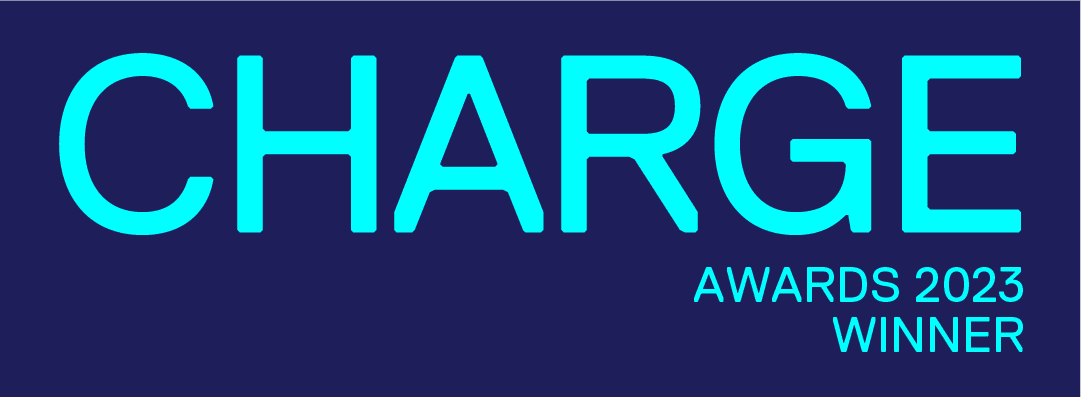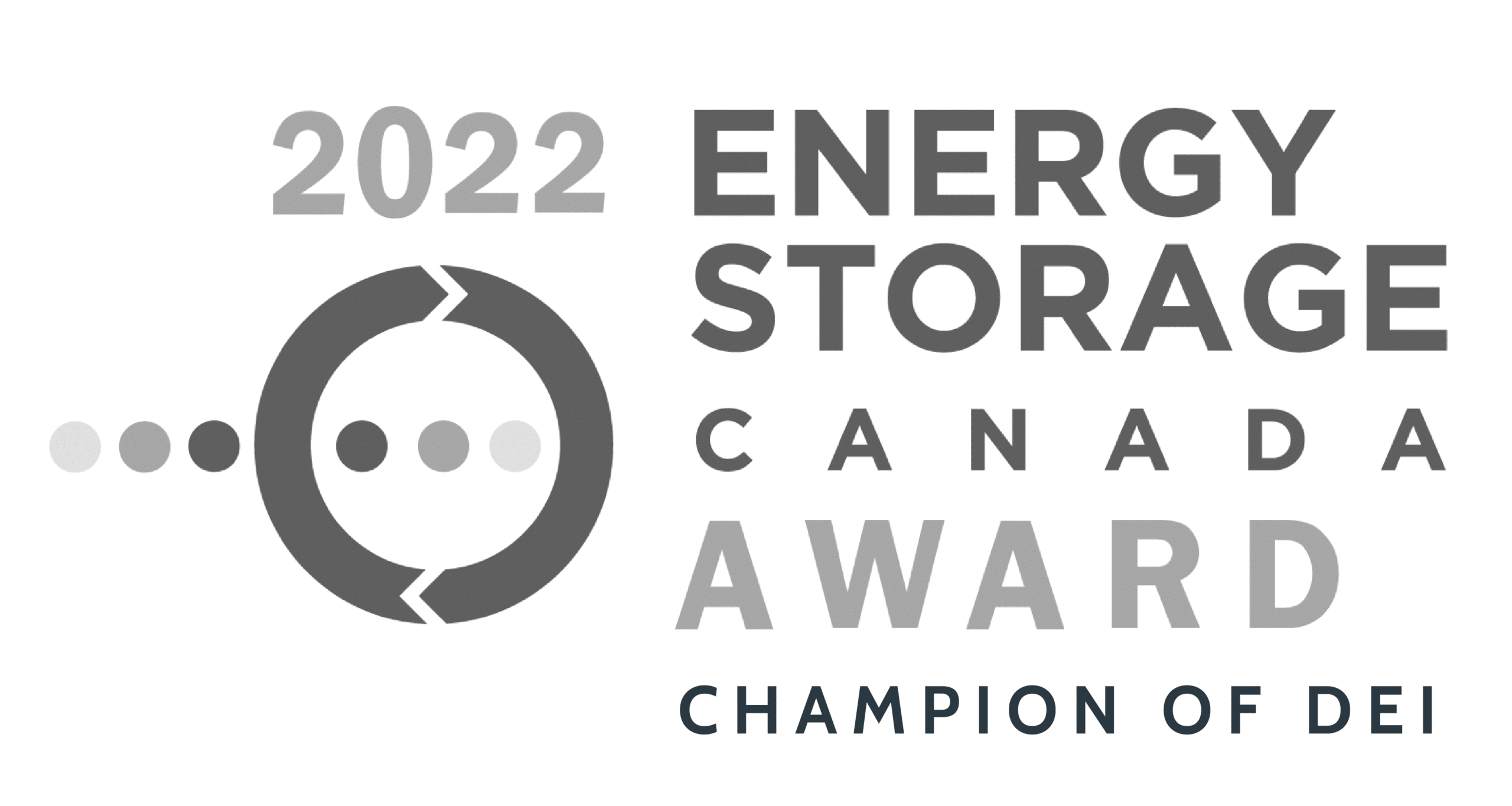In a meaningful step towards a sustainable future, Canada’s Energy and Natural Resources Minister, Jonathan Wilkinson, recently unveiled a plan named “Powering Canada Forward.” This comprehensive strategy charts a course for achieving a net zero electricity grid throughout Canada by 2035 — a pivotal element for our country to achieve a fully net zero economy by 2050.
The core of the Powering Canada Forward vision lies in recognizing the multifaceted challenges and opportunities that lie on the horizon. Drawing a parallel to the transformative railway projects of the 19th century, the document stresses that differing jurisdictions will achieve net zero at varying speeds.
The federal government’s role in the electricity domain encompasses several vital facets, including establishing rigorous environmental regulations, regulating nuclear power, strategic investments, and fostering interprovincial collaboration. Notably, the forthcoming Clean Electricity Strategy, planned for release in 2024, will lay out a comprehensive framework of policies, tools, and actions to reach a net zero electricity grid by 2035.
“Peak Power supports the Government of Canada’s vision to pursue a net zero electricity grid by 2035 and a fully net zero economy by 2050. Energy storage is a key technology to enable a reliable and resilient net zero electricity grid and balance the intermittency of renewable resources.” – Matthew Sachs, CSO, Peak Power
Government, Industry, and Indigenous Communities: Partnering for Progress
Within the electricity domain, the federal government has jurisdiction over several dimensions to make the strategy come to life, including:
- Environmental regulations and carbon pricing
- Inter-provincial power lines
- Regulating nuclear power
- Orchestrating strategic and targeted investments
- Enabling interprovincial partnerships
“The paper will inform how the federal government will accelerate work over the coming months with partners — including provinces, territories, Indigenous leaders, utilities, industry, private and financial sectors, unions, academics and civil society — to ensure Canadian competitiveness in a rapidly decarbonizing global economy while making life more affordable for energy consumers.” (source)
Concrete steps and milestones characterize the roadmap outlined by the Powering Canada Forward vision.
Addressing the Challenges
Achieving a net zero electricity grid across Canada is complex, with diverse provinces and territories facing distinct challenges and opportunities. One of the key factors influencing this transition is the availability of energy resources and innovative technologies.
Canada has outlined a range of strategies to overcome some of these challenges. These strategies centre around:
- Transmission Infrastructure: Developing new or improved inter- and intra-provincial transmission lines will facilitate the smooth transfer of electricity across regions, optimizing the use of renewable energy sources.
- Base Load Electricity Capacity: Incorporating new firm electricity capacity through options such as large hydro, pumped hydro, and nuclear power plants will enhance the stability of the electricity grid, providing reliable power even when variable sources are intermittent.
- Stationary Energy Storage: Investments in increased stationary storage capacity, including battery technologies and other storage solutions, will enable the storage of excess renewable energy for later use, reducing waste and ensuring grid resilience.
- Energy Efficiency: Improving energy efficiency and productivity measures will help optimize energy consumption, making the most of available resources and reducing waste.
- Smart Grid Technologies: Embracing advanced smart grid technologies will enable real-time monitoring, efficient energy distribution, and demand response, enhancing the flexibility and reliability of the electricity grid.
- Demand-Side Energy Resources: Incorporating demand-side energy resources, such as flexible load resources and self-generation capabilities, will contribute to a more flexible and adaptable grid.
“At Energy Storage Canada, we’re thrilled to witness the announcement of over 700 MW of energy storage projects — a significant stride in Canada’s largest energy storage procurement to date.” – Justin Rangooni, Executive Director of Energy Storage Canada.
Central to Powering Canada Forward is an all-encompassing perspective on the challenges of the transition to net zero electricity. However, Canada also boasts one of the world’s cleanest electricity grids, emphasizing that we are undertaking this strategy with an already strong start.
The strategy further acknowledges that while electrification may result in marginal hikes in electricity bills in the short term, a long-term view presents a promising reality: overall energy costs for households and businesses are predicted to decrease.
What’s in the Strategy?
Targeted Programs:
Several targeted programs have been developed or expanded as part of this Net Zero Strategy, including:
- Smart Renewables and Electrification Pathways Program (SREPs): Allocated $3 billion in Budget 2023 to support innovative energy infrastructure projects, such as energy generation and storage initiatives.
- Clean Electricity Pre-development Program: With $250 million in funding, this program focuses on the pre-development stage of clean electricity projects, enabling smoother project implementation.
- Clean Energy for Indigenous, Rural, and Remote Communities (CERRC) Program: Supporting 139 projects to transition remote communities from fossil fuels to renewable energy, ensuring a cleaner and sustainable future.
Investment Tax Credits
The federal government has introduced a suite of investment tax credits (ITCs) to accelerate non-emitting electricity generation and delivery infrastructure investments. These include:
- Carbon Capture, Utilization and Storage Investment Tax Credit (CCUS-ITC): Offering refundable credits to incentivize projects reducing emissions in high-emitting sectors.
- Clean Technology Investment Tax Credit (CT-ITC): Supporting investments in electricity generation equipment, stationary battery storage, and more.
- Clean Hydrogen ITC (CH-ITC): Encouraging investments in clean hydrogen production, with support varying based on hydrogen’s carbon intensity.
- Clean Electricity Investment Tax Credit (CE-ITC): Offering refundable credits for eligible investments in non-emitting electricity generation systems, abated natural gas-fired electricity generation, and more.
- Clean Technology Manufacturing Investment Tax Credit (CTM-ITC): Providing tax credits for investments in machinery and equipment used to “manufacture or process key clean technologies, and to extract, process, or recycle key critical minerals.”
Strategic Finance
The Canada Infrastructure Bank (CIB) is playing a pivotal role in financing clean power and green infrastructure projects, including:
- Investment in Clean Power: The CIB’s commitment of at least $10 billion for clean power projects, from non-emitting generation to storage projects, reflects a significant stride toward a sustainable energy landscape.
- Green Infrastructure Investments: With another $10 billion dedicated to green infrastructure projects, the CIB is fostering the growth of clean building retrofits and zero-emission vehicle charging infrastructure.
Charting a Path Forward: Engagement and Consultation
To create a strategy centred on successful outcomes, the government has committed to several areas of engagement and consultation, including:
- Canada Electricity Advisory Council: advises on affordability, investment pace, Indigenous engagement, regional cooperation, and innovation.
- Provincial and territorial engagements: creating Regional Energy and Resource Tables, federal-provincial working groups, and engaging with Indigenous communities.
- Investment Tax Credit design: The federal government is seeking input into the design of the Clean Investment Tax Credit introduced in budget 2023.
- Share your views on the ITC by emailing cleangrowthITC-CIIcroissancepropre@fin.gc.ca.
- Clean Electricity Regulations: The release of Draft 1 of the Clean Electricity Regulations by Environment and Climate Change Canada signals the beginning of a 75-day consultation period on the proposed regulations.
- Clean Electricity programs: NRCAN is seeking input on the re-design of including the Smart Grids Program and the Smart Renewables and Electrification Pathways Program (SREPs)
- Share your views on SREPs by emailing sreps-erite@nrcan-rncan.gc.ca
- Share your view on the Smart Grid Program and Innovation & Electricity Regulation Initiative by emailing sg-ri@nrcan-rncan.gc.ca.
This feedback will help inform the Government of Canada’s planned 2024 Clean Electricity Strategy.
Conclusion
In May 2023, the Canada Electricity Advisory Council was formed with a one-year term to better advise the Government of Canada through the Minister of Natural Resources. At the end of the Council’s term, they will provide a report outlining how to better accelerate investments to create a sustainable, affordable, and reliable electricity system in the country.
The release of Draft 1 of the Clean Electricity Regulations by Environment and Climate Change Canada signals the beginning of a 75-day consultation period. This engagement will facilitate valuable stakeholder insights, ensuring a comprehensive and well-informed approach.
Powering Canada Forward embodies an unwavering commitment to shaping a sustainable and prosperous future for all Canadians. By embracing regional strengths and fostering a culture of innovation, Canada stands poised to lead the charge in building a cleaner, more sustainable energy future for generations to come.
At Peak Power, we know this isn’t just a policy document; it symbolizes a united resolve to address climate and energy challenges head-on while strengthening our economic opportunity for the future. Want to learn more about our energy storage software and development capabilities? Contact us.





